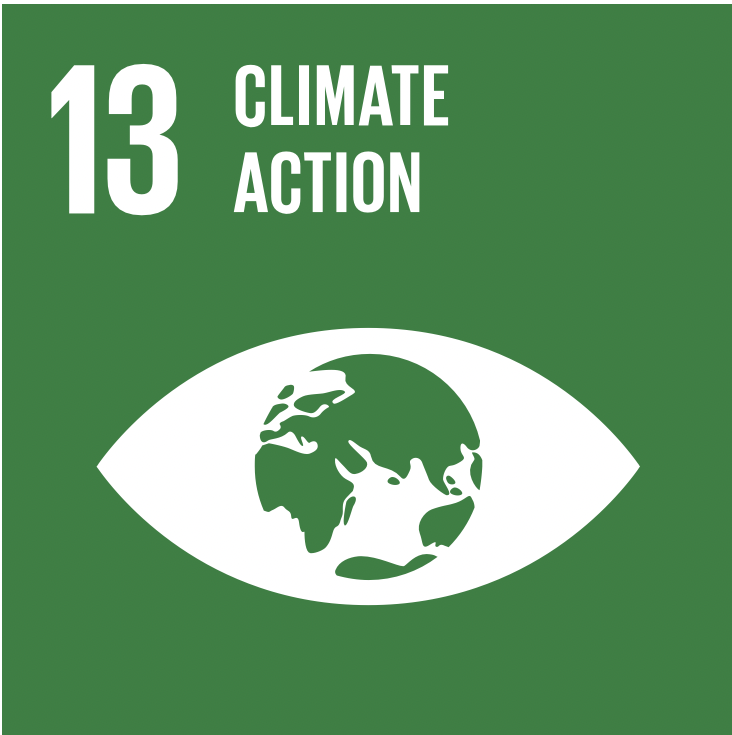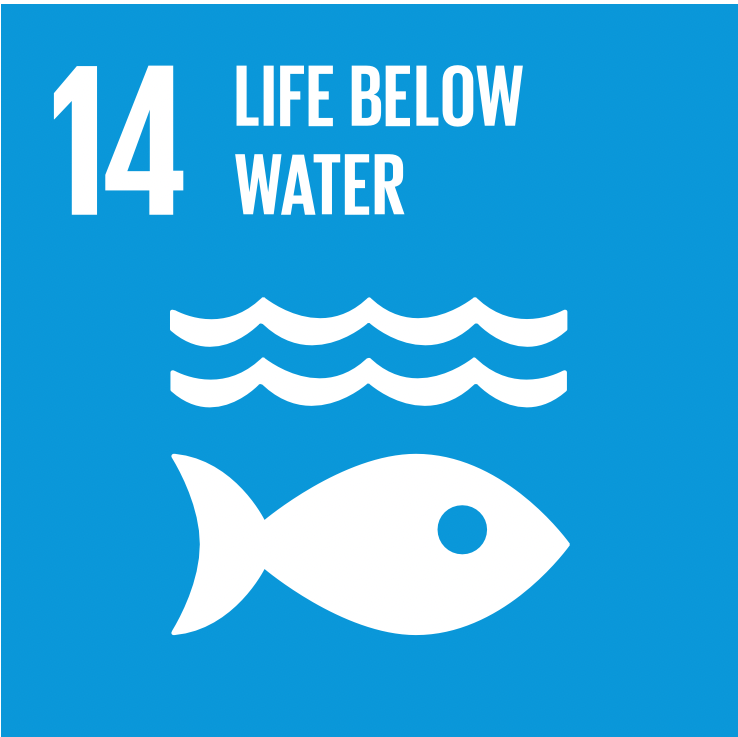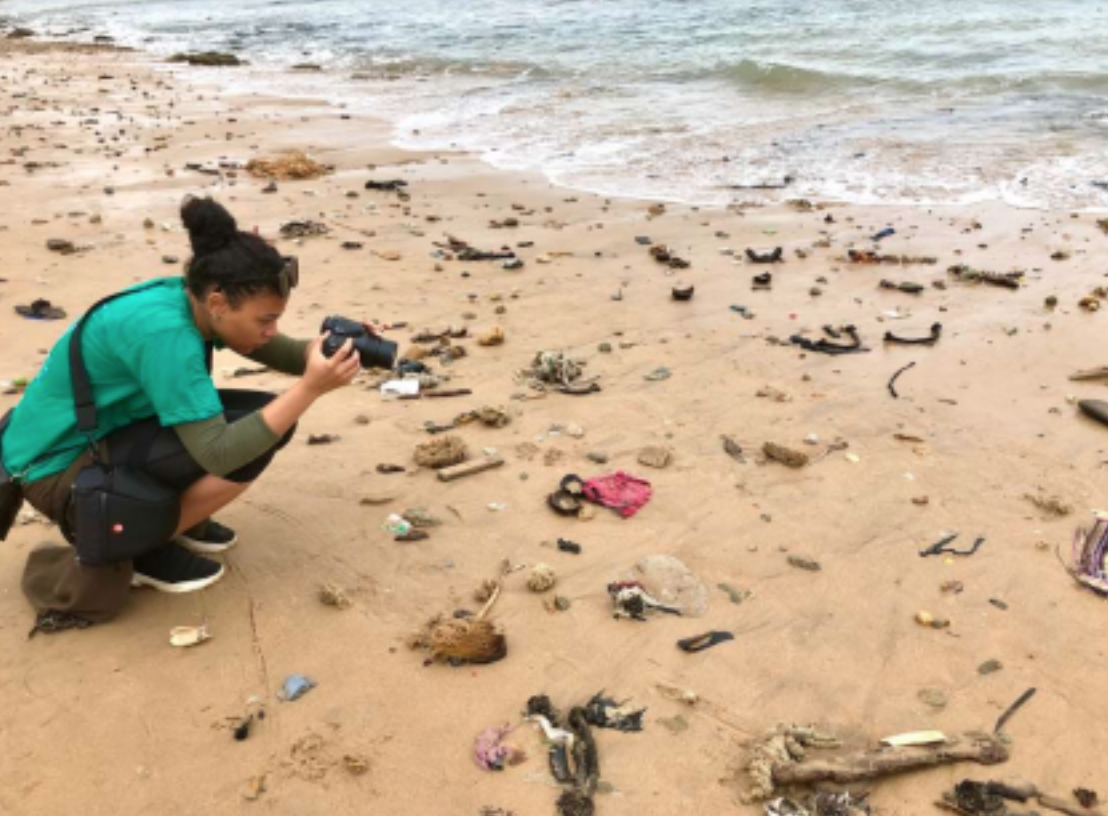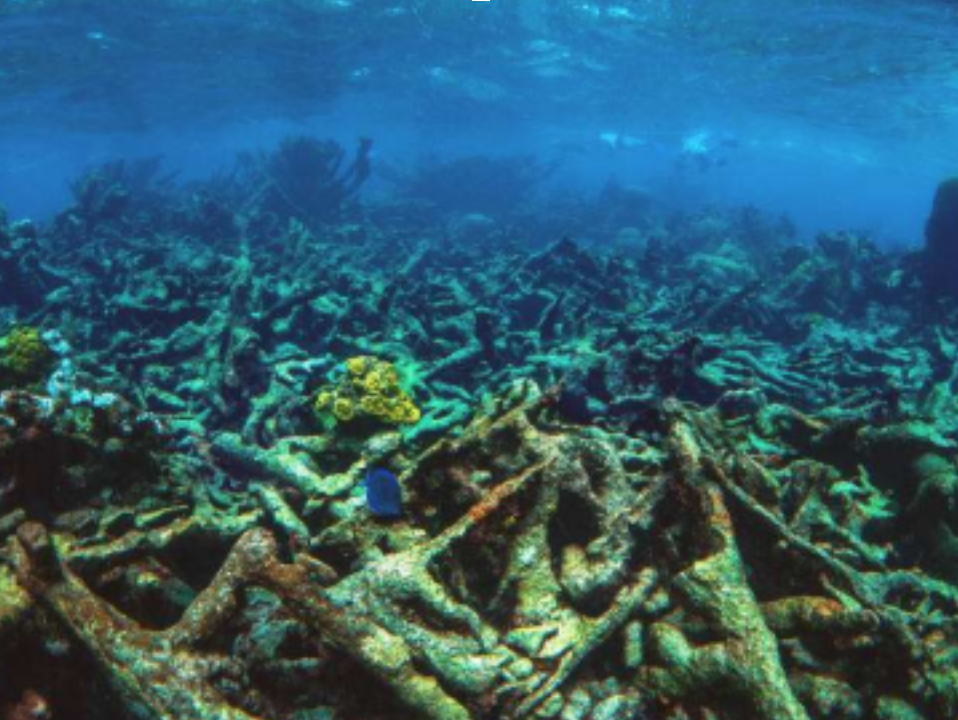Written By: Lovis - Lovis is a volunteer from Germany, staying in Ghana for 11 months. During this time he is working at CeST in Accra, Ghana. As he is new to the team, this article about our oceans and climate change is his first one yet.
You will probably know the United Nations Sustainable Development Goals or SDGs from other articles, your school or other sources... Briefly summarized, there are 17 SDGs regarding different topics setting goals to make the world a better place, which all UN member States Adopted in 2015 as a 2030 Agenda. Most goals are connected to each other leading to partly overlapping issues and solutions. All these Goals are very important and focus on major problems of our planet. This article will focus on goal 13 and 14, being “Climate Action” and “Life below Water”.

Every SDG comes with targets on how to achieve the goal and most of these targets have set indicators to track the process made in each target. SDG 14, being: ”Life below Water” has the target 14.3 being: “Minimize and adress the impacts of Ocean Acidification, including through enhanced scientific cooperation at all levels”. This Target has an indicator, being: “Average marine acidity (pH) measured at agreed suite of representative sampling stations” We will come back to this example later.

First of all, the Climate Crisis Humanity has gotten itself into is catastrophic. Already now we can see and feel the impacts of the rising Temperature, not only on Media but often enough just at our doorstep. With natural disasters like floods and fires becoming more frequent as well as extreme weather events destroying harvests and livestock we really are already in the middle of this crisis and it is predicted to become worse and worse.(Target 13.1)On November 4. 2016, 195 countries signed the Paris Agreement, stating the goal of keeping global warming below 2°C, while pursuing efforts to limit global warming even further, to 1.5°C.The IPCC Climate Report using 18000 scientific papers from 65 Countries shows that the 1.5°C mark is already out of reach unless immediate and deep emissions reductions across all sectors happen. When following the trend of greenhouse gas emissions like in the past years we will fail these goals miserably.
Our Oceans are the world's biggest ecosystem but they are heavily exploited and endangered. Overfishing and Pollution of toxic substances, plastic etc. lead to 90% of global marine fish stock being fully exploited or overfished.(Target 14.1 and 14.4) This is also having negative impacts on the 3 billion people relying on fish and other sea food as a primary source of proteins and nutrients.(Target 14.7). The problems don’t end there though. The pollution of our oceans with plastics could have negative health impacts on humans too as we consume it in the form of microplastics.

Photo: YRE Gh// Pollution of a Ghanaian beach
The world’s oceans are suffering from climate change as well, the main issue being the ocean heating up. The ocean rises in temperature for obvious reasons but this rise destroys natural habitats and kills animals like corals that can not withstand constant temperatures above a certain degree. Also, ecosystems get shifted as natural rhythms change and become unpredictable. As I mentioned earlier target 14.3. is about the Acidification of oceans. This happens as CO2 is being absorbed by the water and turns into H2CO3, also known as Carbonic Acid. It is the same acid making sparkling water sour. The strong pollution of CO2, which also causes climate change, is the main reason for this process, as more CO2 is absorbed by the water. Since 1989 the pH level of the ocean water (at given sampling stations) has decreased from 8.11 to 8.05. Other sampling stations, like Tatoosh Island, obtained measurements describing a fall from 8.45 to 8.2 pH from 2000-2008.
The rise in acid mostly threatens calcareous species, as it brings free hydrogen ions into the water that react with the calcium carbonate that many marine animals have shells or skeletons made off and dissolve it. This does not just dissolve away a whole shell but it weakens it over time. Coral reefs are suffering from that issue a lot as well as from ocean warming leading to an ongoing decrease of coral reef area in most regions.

Photo: Secore International // Coral Reef
To defeat Acidification we have to reduce CO2 emissions drastically. This would also help to fight climate change a lot. A short-term way of protecting wildlife and species suffering from this issue is growing kelps and seaweeds in areas where marine life should be protected. Carbon is being taken out of the water by the kelps and seaweeds, reducing the amount of H2CO3 in the water and thereby making it less sour. This is just fighting symptoms though and no long-term solution. Also not even near to all marine species are protectable by this method.
Acidification is a big problem for our oceans, which just continues to become more severe but it is a fixable problem! By reducing CO2 emissions we can kill two birds with one stone and help to fight climate change and Ocean Acidification.
So let’s take action now and help our world!